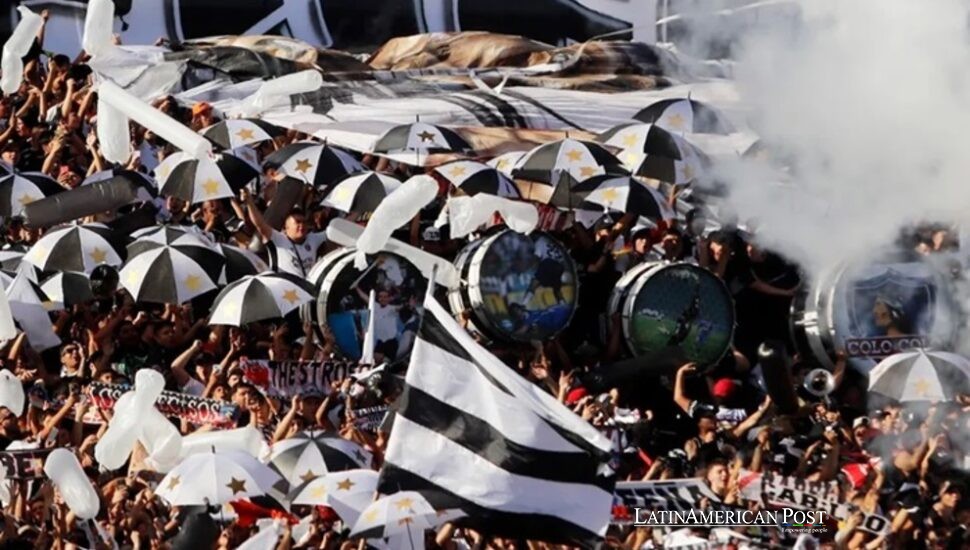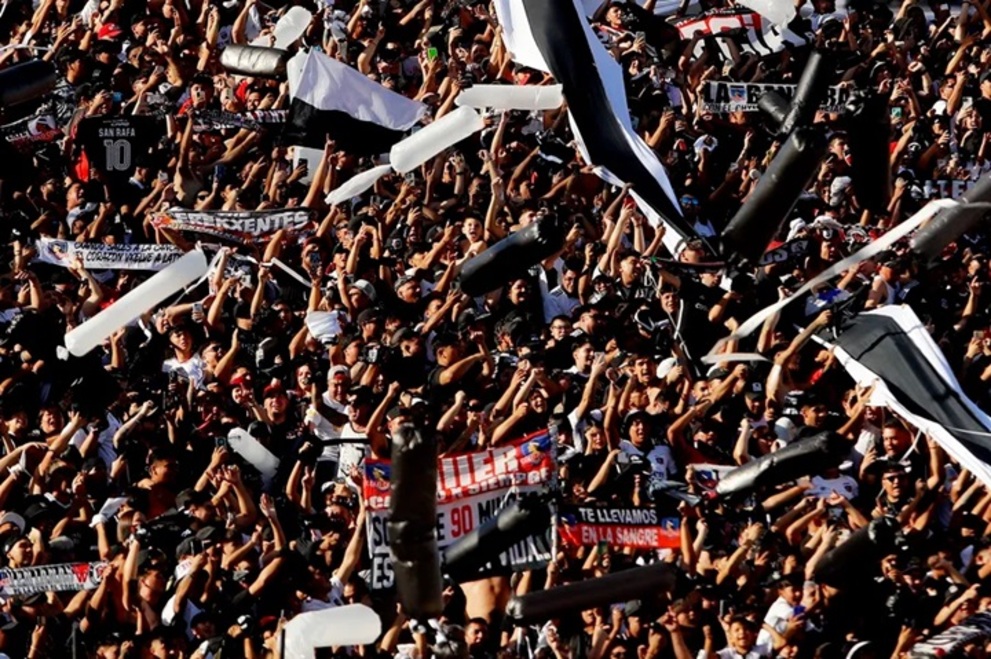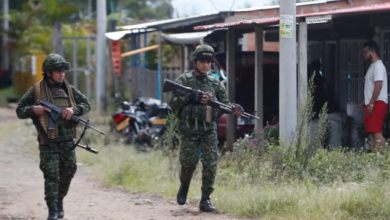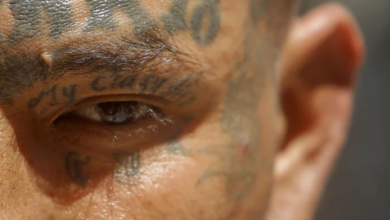Why Latin America’s Stadium Hate Can’t Be Fixed from the Bleachers

Racist and homophobic chants aren’t born in stadiums—they’re rehearsed across daily life. Until Latin America’s football institutions look beyond the pitch and confront the deeper social forces behind crowd behavior, fines and bans will keep missing the real target.
The Limits of Soccer-Specific Sociology
Forty thousand voices in unison can make a stadium feel like its own nation. But when those voices turn ugly—into racist jeers or homophobic chants—the fix tends to stay narrow: fines, partial closures, capacity limits. The logic? It’s a soccer problem, so solve it in soccer terms.
Yet the lens is too tight.
The foundations of football sociology—from Norbert Elias’s civilizing processes to Pierre Bourdieu’s fields of symbolic power—helped scholars read stadiums as rituals of identity, masculinity, and meaning. In Latin America, writers like Eduardo Archetti and Pablo Alabarces showed how football fuses with nation-making, masculinity, and myth.
But there’s a blind spot: the idea that the stadium is the center of gravity. That assumption no longer holds. In cities across the region, the chants heard on match day are not formed in the bleachers—they’re echoes of WhatsApp threads, schoolyard jokes, political rallies, and algorithm-fed rage.
Barras bravas, those tightly knit supporter groups, don’t live apart from power structures. As scholars like José Garriga Zucal have shown, they’re often embedded within political machines, clientelist networks, and the policing apparatus itself. To treat hate chants as a fan behavior problem is to aim for the symptom, not the source.
Stadium Chants Are Symptoms, Not Causes
FIFA’s punishments are real—but they’re aimed at the wrong layer. Social identity theory tells us that chants don’t just reflect prejudice; they produce cohesion by policing in-groups in moments of high emotion. And in Latin America, those boundaries—around race, gender, sexuality—are shaped long before the turnstile.
The infamous Mexican “grito”, hurled at opposing keepers, has resisted campaigns and fines for two decades. Why? Because, as scholars like Brenda Elsey and Joshua Nadel show, Latin American masculinity is scripted through humiliation, insinuation, and “picardía”—the wink behind the slap. That chant is part of a cultural grammar, not just a provocation.
And now, transgression travels. Through TikTok, Telegram, and meme pages, crowd deviance becomes clout. Platforms reward it. The chant is no longer a moment—it’s content.
Meanwhile, the crowd isn’t just fans anymore. It’s a loop of analog and digital performances, where chanting a slur might get you banned from a stadium—but go viral online. In that economy, fines become background noise. And the hate keeps singing.
What a Broader Lens Reveals
When you leave the stadium, you see the mechanics.
First, there’s institutional complicity. In countries like Argentina and Colombia, studies have shown how fan groups receive perks—tickets, travel, employment—in exchange for political loyalty, mobilization, or discipline in the stands. A hate chant in this context isn’t just a crowd reaction; it’s a signal.
Second, the stadium remains one of the few places of visibility for working-class youth. In cities fractured by inequality and over-policing, chanting from the stands is a form of presence. The state may marginalize you on the street—but not in the curva. That visibility carries pride—and risk.
Third, these chants are often racialized performances of nationalism. In Argentina, whiteness still dominates the national ideal. In Brazil, the myth of racial democracy masks deeper patterns of anti-Black exclusion. So when an Afro-descendant player is taunted, the hate isn’t random—it’s part of a national story about who belongs.
And yet, the stadium is also a site of resistance and reinvention.
The rise of LGBTQ+ barras, women’s collectives, and anti-racist supporter groups shows that football is not static. These groups challenge the norms, rewrite the chants, and remake the ritual—when they’re given space and safety to do so.
A narrow sociology focused only on hooligans misses this.

EFE@Osvaldo Villarroel
Fixing Incentives, Not Just Chants
So what actually works?
Start with incentives. Tie a portion of club revenues or tournament payouts to measurable progress, such as independent audits of discriminatory incidents, steward training, local partnerships, and inclusion metrics. Make belonging worth money—and exclusion a financial risk.
Next, disrupt the patronage pipelines. That means transparent ticketing, banning political meddling in fan logistics, and replacing shadow networks with visible, accountable systems. Criminology suggests focused deterrence works best: target ringleaders, not mobs; offer exits into formal work for those willing to leave the violence behind.
Then, tame the digital echo chamber. Require platform friction on match days—upload delays, auto-flagging slurs in local dialects, AI-trained moderation that understands regional cues. Slowing the virality curve can take the air out of performative hate.
And finally, invest in long-term, Latin America–led research. Too much football sociology is applied here, coming from Europe. Fund studies that follow the chant from the neighborhood to the hashtag, from the schoolyard to the songbook. Mix ethnography with network analysis, and listen to more than just the ultras.
Give a platform to the countercultures already rewriting the script. The inclusive collectives, the mothers’ groups, the queer fan sections. Build them into governance. Let them veto campaigns done in their name. Feature them on broadcasts. Fund their banners, not as PR, but as policy.
Also Read: Mexico’s Guadalajara Faces Shadowed Disappearances Before the World Cup Global Spotlight
Football is not separate from society. And society won’t change by halving stadium capacity for one match.
The chant ends when the script changes.
And that script is being written long before kickoff.





